NGV. National Gallery Of Victoria. Melbourne, Australia. LINK: Spotlight on the NGV Collection | Korean Art
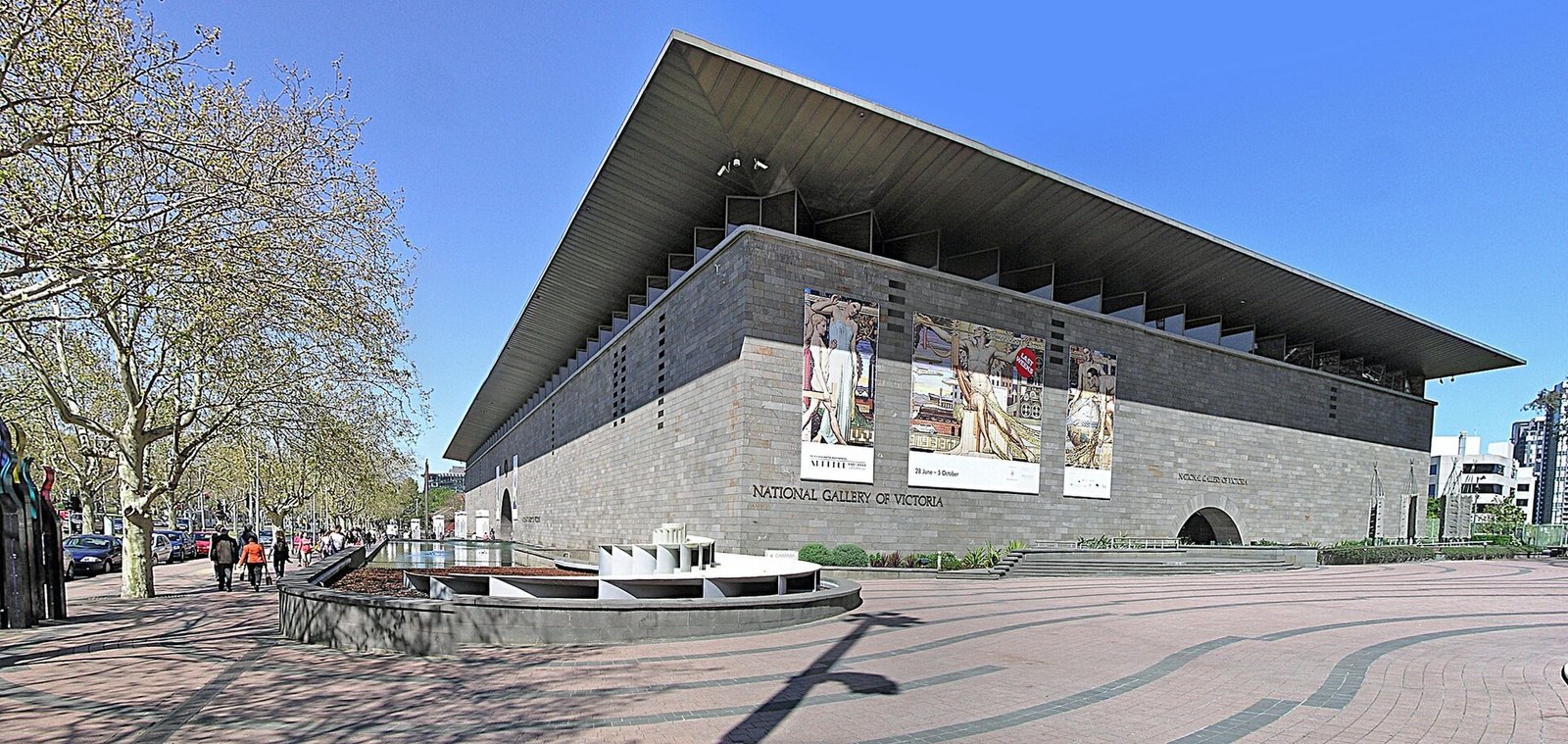

NGV. National Gallery Of Victoria. Melbourne, Australia. LINK: Spotlight on the NGV Collection | Korean Art

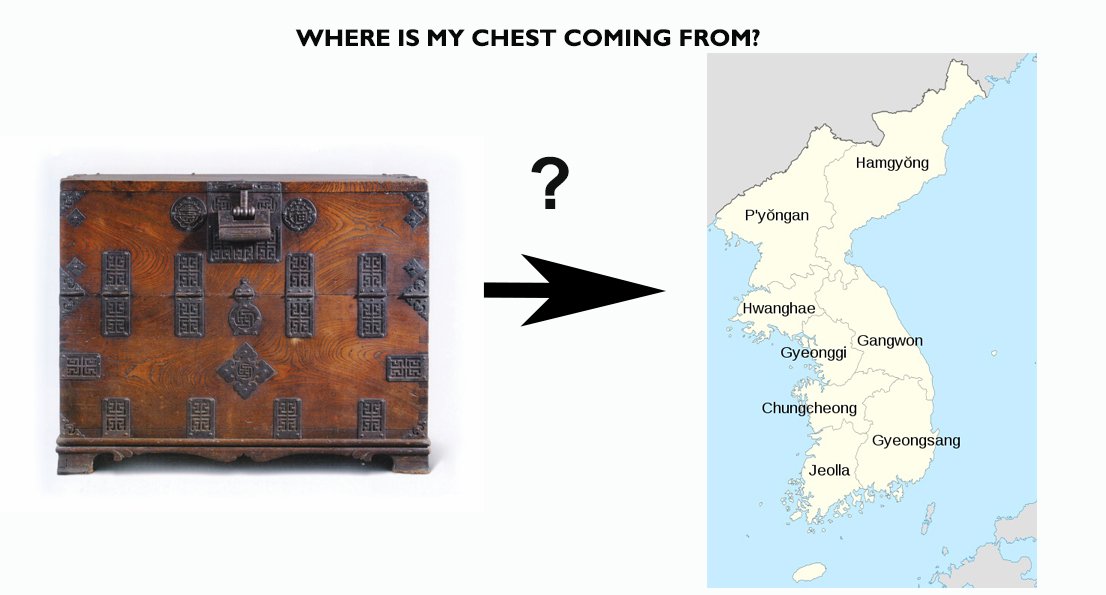
ANALYSIS OF HINGES. QUESTION? The bandaji is large and mostly covered with white brass hinges? ANSWER: Pyongyang area southern part of Pyongan Do province. LINK: PYONGYANG BANDAJI-평양 반닫이 Originally from Pyongyang area in the northern part of the peninsula, where forest species were more limited due to climatic conditions and, given the poor grain (often […]

PATTERNS SYMBOLISM IN KOREAN ART. In a previous publication METALWORK PATTERNS ON KOREAN FURNITURE, we listed the various decorative motifs on the hinges of Korean furniture. Below, we examine their meanings. Decorative patterns play a significant role in Korean traditional art for several reasons: Cultural Symbolism: Many decorative patterns in Korean art are deeply rooted […]
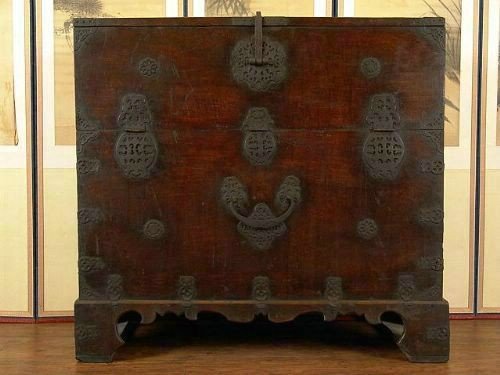
Hamgyŏng Do province was bounded on the west by P’yŏngan Do province, on the south by Hwanghae Do and Gangwŏn Do provinces, on the east by the Sea of Japan, and on the north by China and the Russian Empire. It was one of the eight provinces of Korea during the Joseon dynasty and the provincial capital was Hamhung. Hamgyŏng-Do is the […]
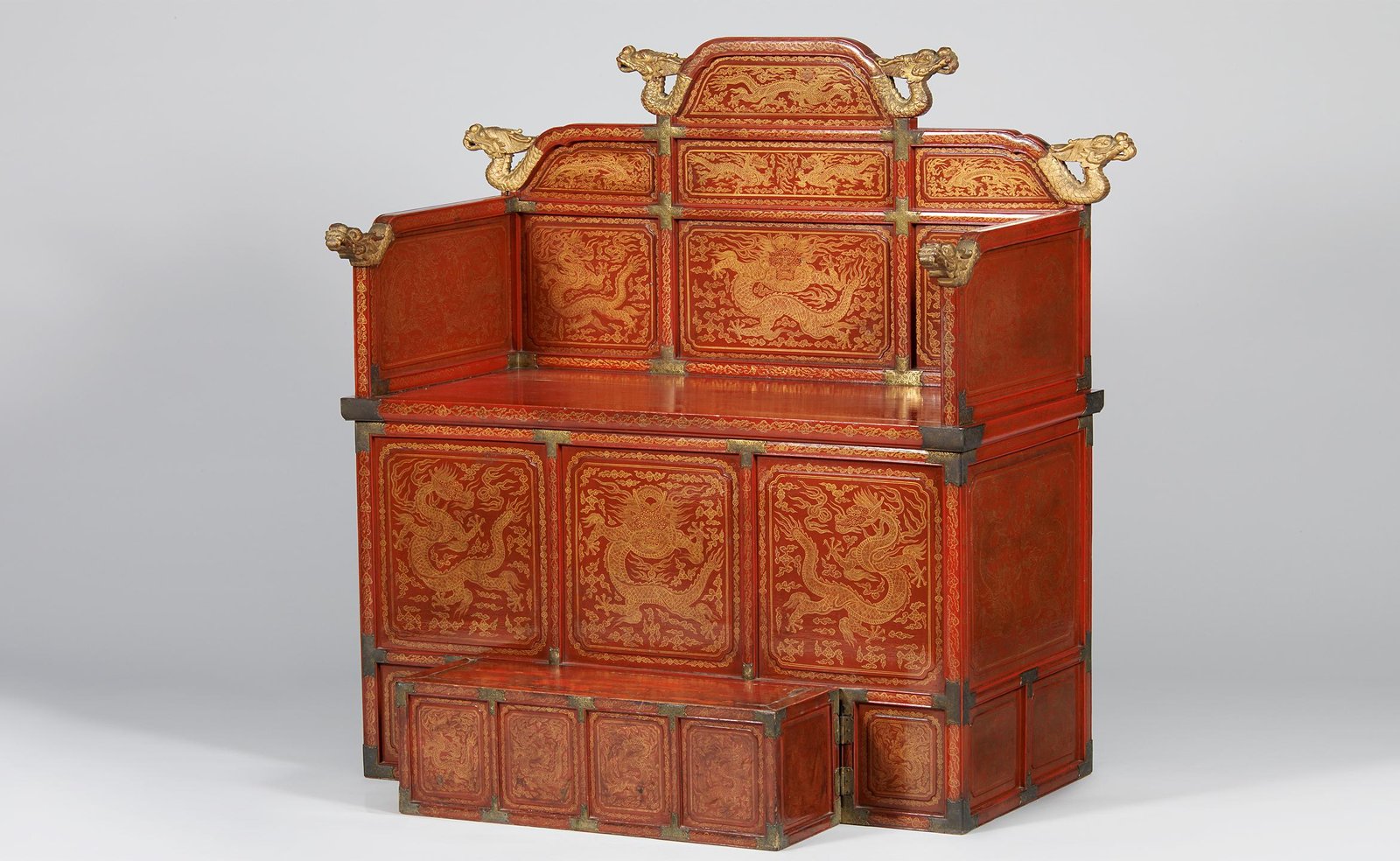
The furniture illustrations in this chapter come from the collections of selected Korean museums. Most of the pieces date from the late Joseon dynasty, specifically from the late 18th and 19th centuries. The study is relatively complex, given the limited amount of information available on the subject. Our deductions are based on the analysis of […]
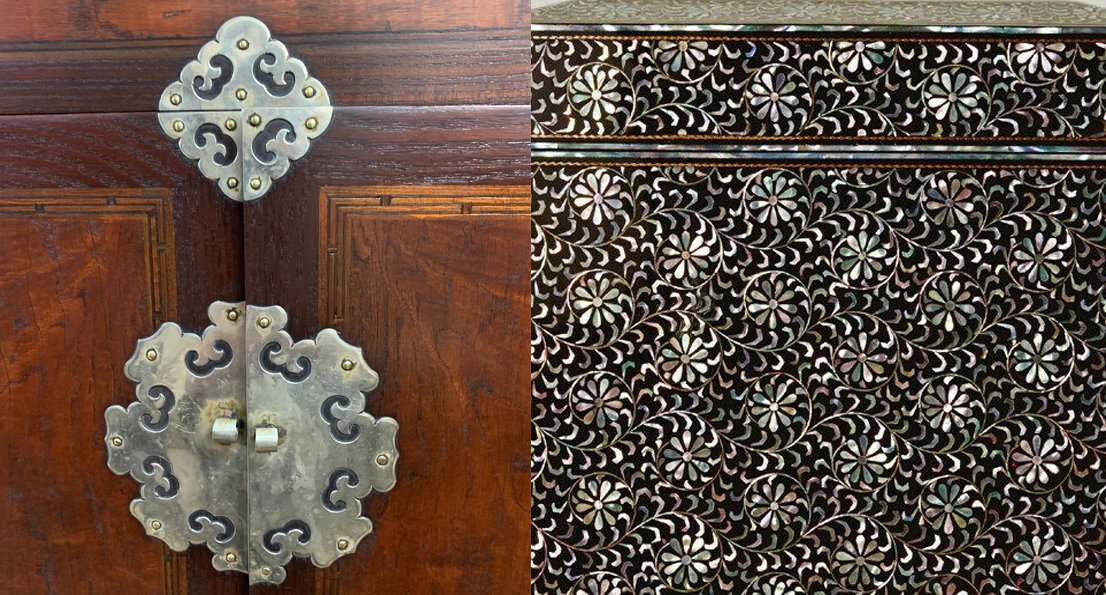
Tongyeong (통영) in Korean, is a coastal city in South Gyeongsang Province, South Korea. Chungmu City and Tongyeong County were reunited in 1995, creating Tongyeong City as it is known today. It was formerly known as Chungmu, named after the posthumous title of Admiral Yi Sun-sin. Thanks to its location at the southern tip of […]

If you wish to know more about your items, and want us to examine your pictures and give you more detailed information about your item origin, or if your item is real antique or not, Do not hesitate to contact us by email at: tortuebangkok@gmail.com. Send us photos to assist in identifying your pieces. Precise […]

Analyzing the evolution of Korean furniture shapes during the Joseon dynasty is no easy task, given the lack of documentation and pieces available today.However, the study of a large number of photos from various Korean museums allows us to make the following observations:In Asia, in general, and unlike European furniture, emperors did not impose new […]

Since the inception of this blog, we have consistently monitored auctions featuring Korean furniture. Geographically, the majority of these sales take place in the USA, Europe, and Korea. Concurrently, we also review the inventories of dealers specializing in Asian furniture. As dealers, we established a gallery in Bangkok, Thailand specializing in Asian furniture, with a […]